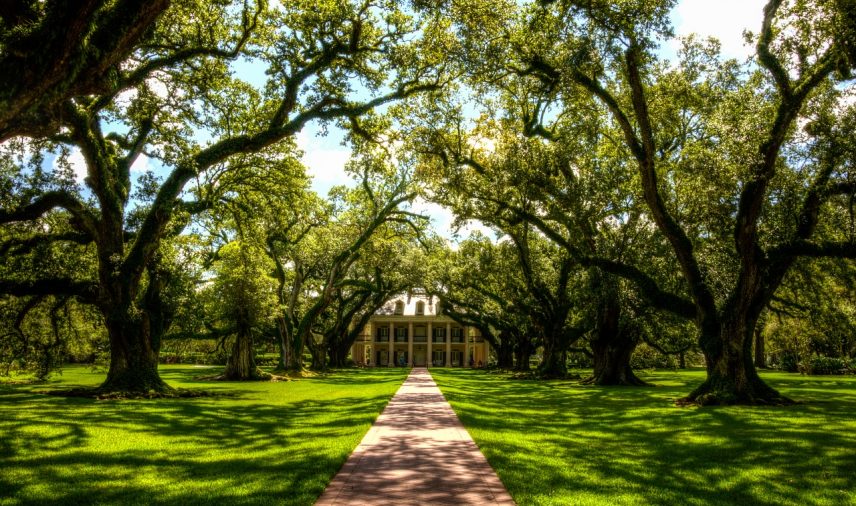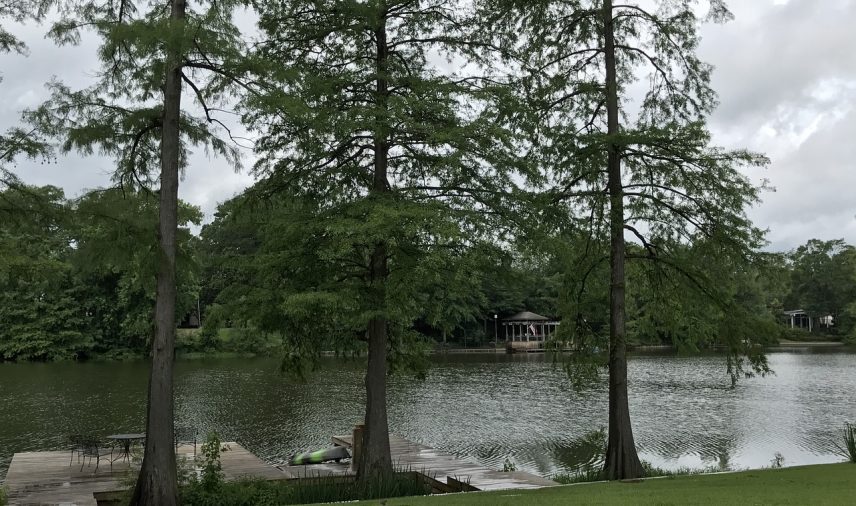School History Trip To Louisiana
Immerse your history students in the traditions passed down through generations with a school trip to the Pelican State, Louisiana.
Highlights
Go behind the scenes of Mardi Gras at Mardi Gras World
Destrehan Plantation – one of the oldest plantations
Tour of the French Quarter
Jazzy New Orleans
Glyn SchoolThe trip that we went on was fantastic and very well organised.
Suggested itinerary
What's included
*IMAX not included in typical price – contact us for more details
Recommended excursions
Get your bearings with a 3 hour guided walking city tour which explores the historic French Quarter, St Louis #1 cemetery nicknamed City of the Dead, City Park and the lakefront area as well as the oak-lined elegant St Charles Avenue.
The lively grid of streets that make up the French Quarter is the city’s most touristy area, yet also its heart. It’s a sultry melting pot of French, Spanish, Italian, Caribbean, African and Southern styles that magically blends decadence and elegance. Take a stroll among the gloriously faded buildings, musicians, magicians, psychics and tap dancers.
Trace the legacy of the Pelican State at the Louisiana State Museum in New Orleans. Exhibiting thousands of artefacts and works of art, students will learn about the historic events that have shaped this state and the diverse culture found within its communities.
On this tour, students learn more about the tragic disaster that was Hurricane Katrina. Visit the Ninth Ward, one of the neighbourhoods devastated by the flooding, and see an actual levee that ‘breached’. Visit the monument to Hurricane Katrina, the Make it Right houses sponsored by Brad Pitt and the Musicians Village created by Harry Connick, Jr.
Learn the basics of Louisiana cooking at an entertaining class held at the Louisiana General Store in a converted molasses warehouse in the French Quarter. Students are shown how to create delicious creole dishes such as gumbo, jambalaya, corn and crab bisque, crawfish étouffée and bread pudding. The class also reveals some of the folklore of New Orleans.
Carnival in New Orleans is celebrated with great enthusiasm and preparations start months ahead of time. Visit the art studios of the people who create the floats, sculptures and props for the carnival in this tour, taking you backstage the Blaine Kern Studios. Students see the artists at work designing, carving, painting and building next year’s parade.
Take a tour of some of the plantation homes around New Orleans to hear stories about the famous local families that built and owned them and the people that walked through their halls. Students can get a feel for the antebellum (pre-Civil War) South as they look out over rows of oak trees to the Mississippi river from the porch of a plantation home.
At the Jazz National Historical Park students can enjoy exhibits, walking tours and live performances of old-style Jazz. Learn about the birth of Jazz in New Orleans and trace some of the music’s big players including Buddy Bolden and Louis Armstrong.
For the chance get up close and personal with an alligator and cruise lazily along the mysterious, moss-draped bayous, take one of the many swamp and wildlife tours offered by boat captains in the watery regions around New Orleans. Observe exotic flora and fauna from deadly snakes – from a safe distance – to long-legged waterfowl, swamp deer and racoons.
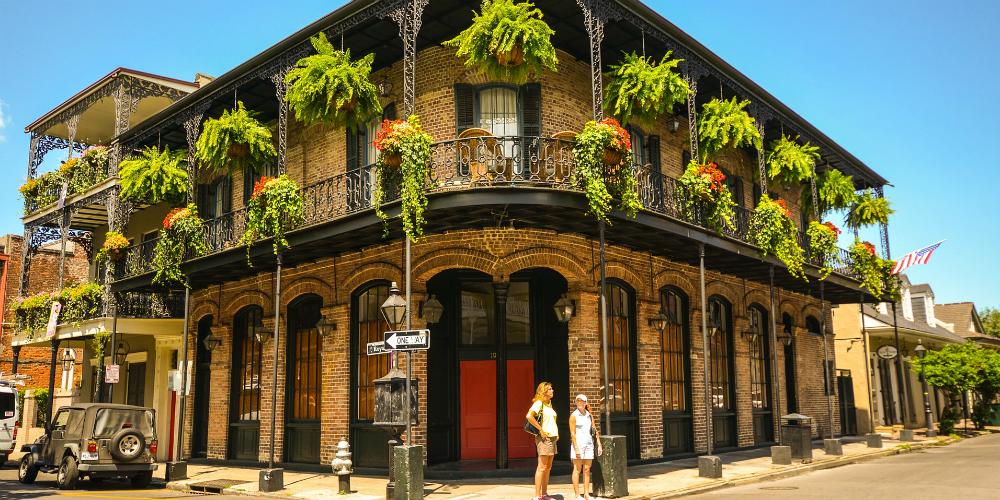

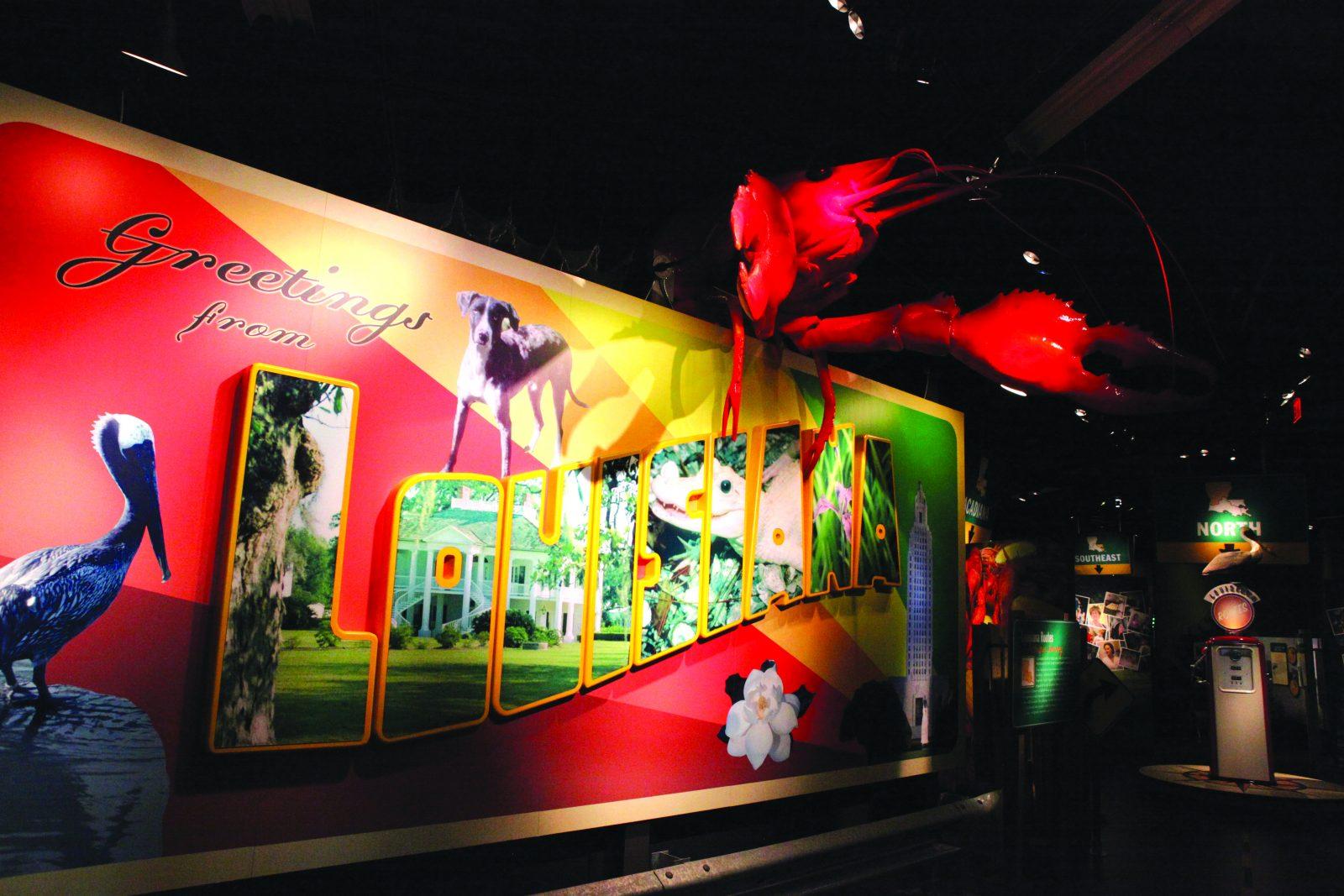


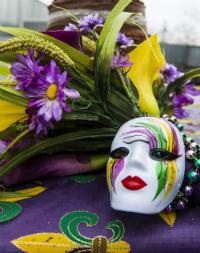
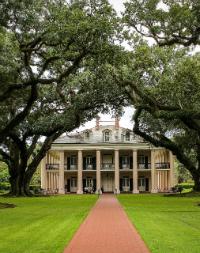
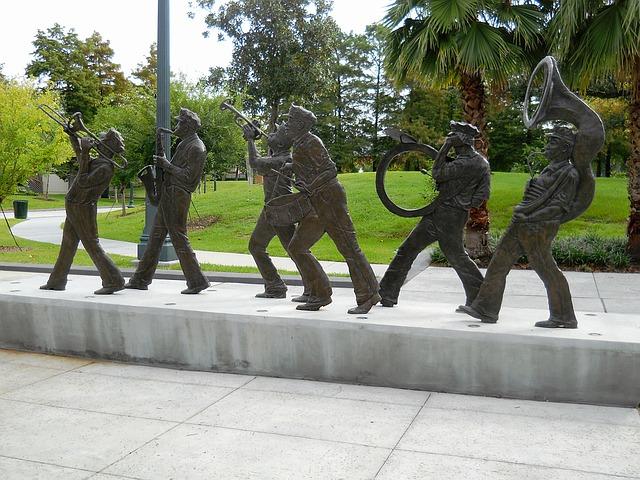
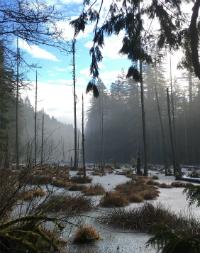
Typical accommodation

Why groups like it:
Facilities:
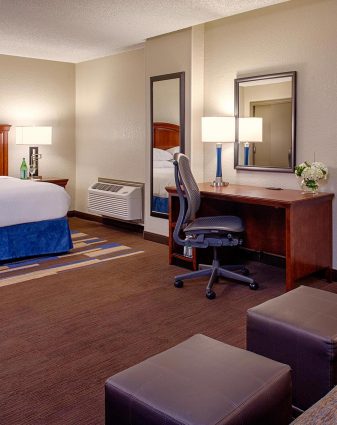
Why we like it for student groups:
Facilities
Learning outcomes
Subject focus
Students can:
- Follow the story of the early European settlements in the 18th century and journey through slavery to create a melting pot of cultures
- Investigate the role and legacy of plantations in the shaping of the economic situation in the Deep South
- Identify the struggles and adaptations experienced by African-Americans during the rise and fall of slavery
- Explore how the region’s history, music, food and culture
- Consider the geography of the region, its vulnerability to hurricane and flooding and the impact of Hurricane Katrina
- Learn more about the United States contribution to the Allied success at the National World War 2 Museum
Student outcomes
Students will have had an opportunity to:
- Learn about the historic events that have shaped Louisiana and the diverse culture found within its communities
- Consider a range of issues around citizenship and history
- Gain an understanding of Louisiana’s Afro-American history
- Consider the significance of events, people and developments in their historical context and in the present day
- Understand how humans adapt to their natural environment and how they can protect themselves against natural hazards.
- Increase knowledge of modern history and the role of the USA in WWII
Related tours
Berlin has been at the centre of many key events in modern European History: WWII, The Cold War, the Fall of Communism and the reunification of Germany.
On a school History trip to Berlin, students can visit Berlin’s key historical sites that relate your teaching to subject-specific learning objectives such as WWII history and Cold War studies.
Your school History trip to Berlin will help your pupils develop an understanding of post-war Berlin and the context of the Cold War. They’ll get first-hand experience of the impact that the division of the city had and a deeper understanding of tensions that escalated between the East and West superpowers leading to the Cold War period.
Our excursions will touch upon historical concepts such as socialism, communism, ideology, propaganda and international conflict.
Connecting with history
With emblematic monuments such as the Berlin Wall Memorial, Checkpoint Charlie and the Tränenpalast, students can:
- analyse how heightened tensions between USSR and USA powers translated into physical boundaries
- explore how Berlin as a city encapsulates the antagonism between the communist and capitalist ideologies
- picture how this spatial division resonated within the divided German population and how this affected their lives
- give pupils perspective on concepts such as freedom of movement and fundamental liberties, and how these were challenged at the time
A personal perspective
A school History trip to Berlin will provide insights into how the German population lived during the Cold War. This will be explored interactively at the DDR Museum and Stasi Museum, with students:
- touching, holding and engaging with a range of objects and installations within the museum
- getting practical knowledge about the everyday life of the German population in the DDR and the realities of life under socialism
- understanding historical concepts such as continuity and change, similarities and differences
Take learning outside the classroom for your Key Stage 3 and 4 students and prepare them with critical analysis skills, practical case studies and real-life examples for their GCSEs.
With Travelbound, we can customise your trip to fit any learning requirements.

